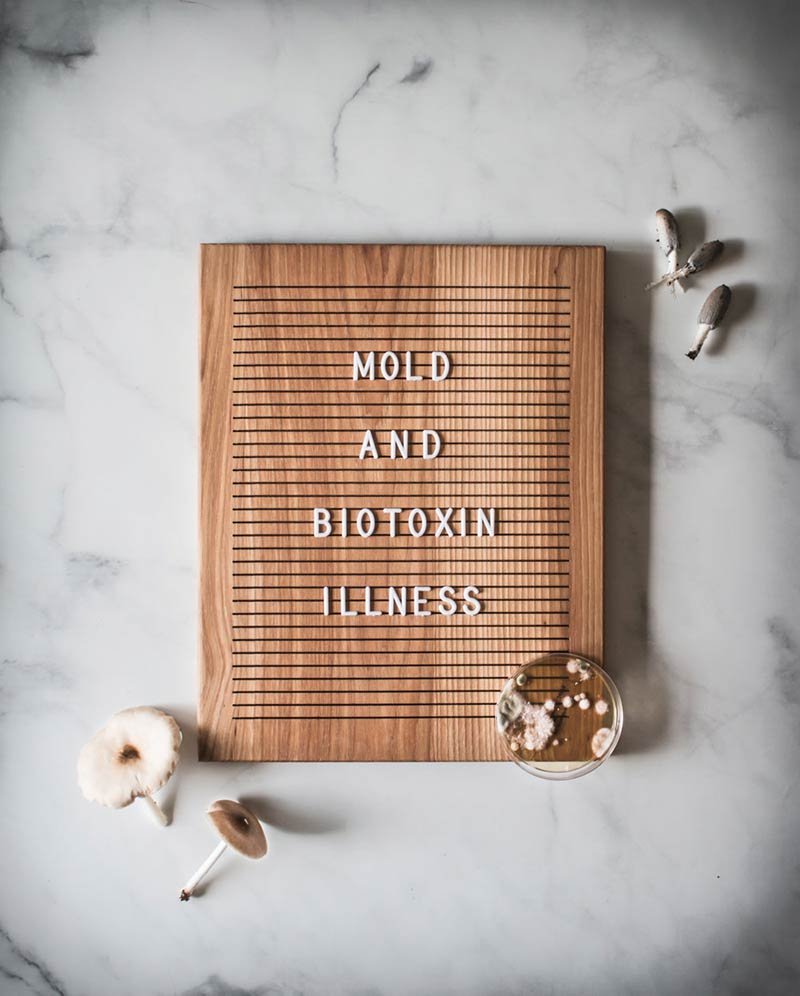Mold and Biotoxin Illness, also known as Chronic Inflammatory Response Syndrome (CIRS) is a complicated and devastating disease. The illness is initiated by biotoxins or neurotoxins that impact many systems within the body and illicit various symptoms. These toxins are produced various biological sources including mold, bacteria, algae, etc. It can even occur from a recluse spider or tick bite.
Our family has witnessed the devastating impacts of mold illness first hand as we unknowingly lived in 3 moldy homes in a row. Living in these moldy homes along with multiple exposures to Lyme disease and tick borne illness brought several family members to struggle with debilitating symptoms.
Who is impacted by mold illness?
If you have been following us for a while, you know that lifestyle factors including diet, exercise, sleep, and detoxification are discussed extensively. It is important to note that avoiding environmental toxins including various molds is critically important to one’s health. Another critical factor is to know what the actual toxins we are exposed to are as well as the how efficiently the body can identify and detoxify them. There are many toxins that can wreck havoc on the body’s physiology such as chemicals (phlalates, pesticides, fragrances, BPA), heavy metals (mercury, lead, arsenic) and biotoxins which are toxins excreted by living organisms (mold, bacteria, certain algae, etc). Each individual has a different ability to deal with and detoxify the toxins they are exposed to as well as we each have varied levels of exposure. Furthermore, there are certain genetic susceptibilities to mold and biotoxin illness.
Research shows that about 25 percent of our population has genetic haplotypes that make them prone to developing mold and biotoxin illness. This can include the inability to clear toxins that they had been exposed to years ago in places like grandma’s old basement or the vacation cabin in the woods. Additionally, it is estimated that 43 percent of buildings have current water damage and 85 percent have past water damage. Unfortunately, mold starts to grow within 24-48 hours in a water damaged space. Given that 1 in 4 people have genetic haplotypes that make then susceptible to mold and biotoxin illness and the fact that a large percentage of our buildings have past or current water damage, this illness is very common and WAY under diagnosed.
It is very important to understand that mold illness is not an allergy. It is an inflammatory cascade due to an immune system that has become overactive and unbalanced. Hence the term coined by Dr. Richie Shoemaker-Chronic Inflammatory Response Syndrome.
Symptoms of Mold and Biotoxin Illness
Fatigue
Weakness
Malaise and achiness
Mood swings
Memory and word-finding problems
Poor concentration
Disorientation and confusion
Headaches
Vertigo, lightheadedness
Muscle aches, cramping, or joint pains without inflammatory arthritis
Hypersensitivity to bright light, blurred vision, burning or red eyes, tearing
Cough, chronic sinus congestion, or nasal drainage
Asthma-like symptoms
Air hunger or unusual shortness of breath at rest
Chronic abdominal problems including pain, nausea, diarrhea
Static shocks
Increased thirst
Unexplained skin rashes or skin sensations and tingling
Body temperature dysregulation
Urinary frequency and/or urgency
How is Mold illness treated?
Removing patients from the source of bio toxins is the first and most important step in healing. Sometimes patients may need to pursue moving homes, jobs, schools. etc. While it is difficult to be in a completely mold free space due to mold in the air, we always recommend that our patients with this illness get quality air purifiers for their spaces to reduce risk of additional exposure. Making dietary changes to reduce inflammation and avoid mold exposure through foods is important. Supplementation, and sometimes medications, are a crucial piece of the healing protocol. Protocols often includes specific functional lab testing, supplementation and binding agents. There are various lab markers to run to understand the inflammatory response in the body.
How to know if you have CIRS
In our practice all patients undergo an extensive examination and health history. If our doctors suspect CIRS, then we will test VCS, genetic markers associated with mold susceptibility risk, urine mycotoxin testing, blood markers that indicate the extent of mold illness, and testing for environments such as home, office, or school. If this sounds like a familiar story to you, then contact us and find out how we can help!
Sources
https://www.survivingmold.com/mold-symptoms/molds-mycotoxins-more
https://chriskresser.com/5-things-you-should-know-about-toxic-mold-illness/


